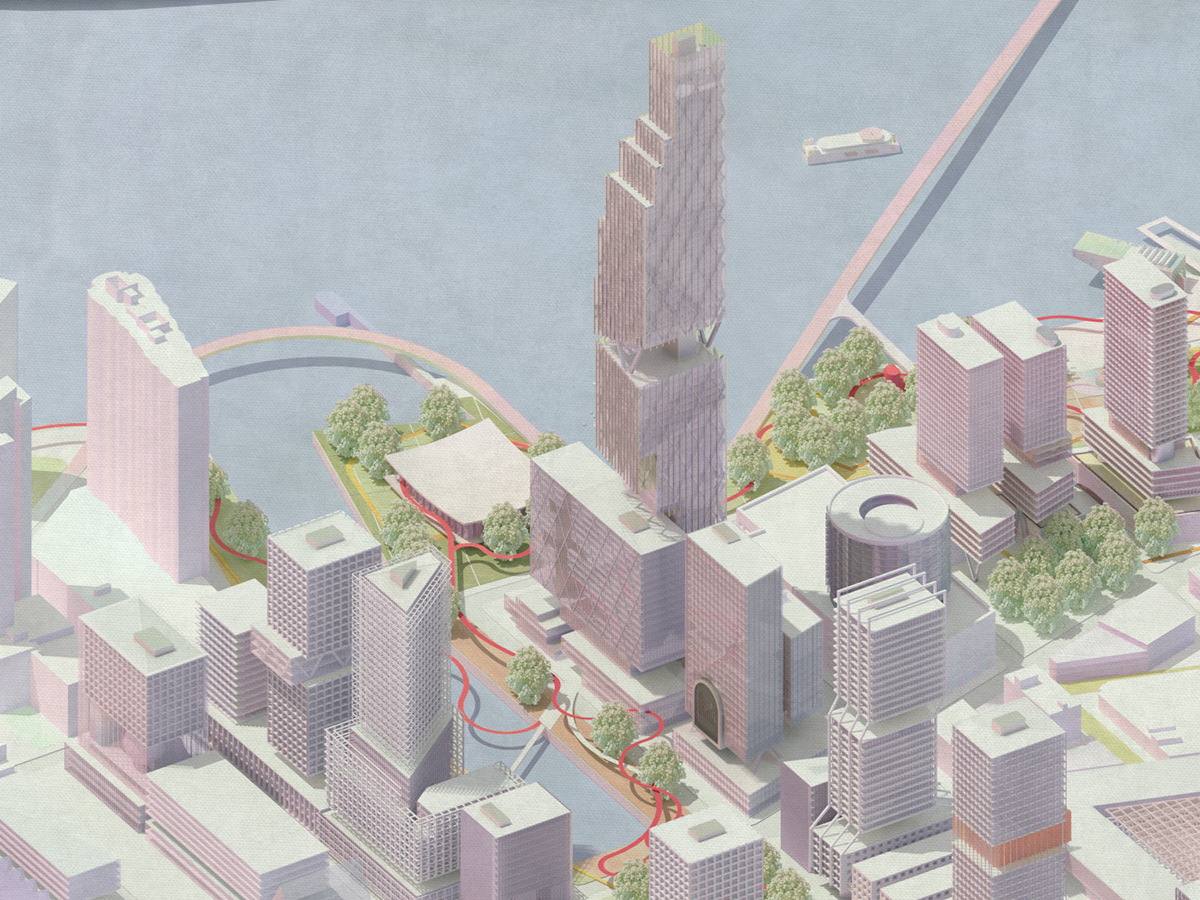After Amazon – What’s Next for LIC?
On February 14, 2019, New York City received an unexpected valentine from Amazon, announcing their withdrawal from a major new campus expansion project dubbed “HQ2.” After an unprecedented competition among 238 US cities and municipalities, New York, along with Alexandria, Virginia, thought that it had won the intense competition for the 25,000 new jobs offered by Amazon for their new East Coast campus. But after 14 months of negotiations and the announcement that Amazon would move half of its headquarters to the Long Island City waterfront, local political pressure surfaced, and Amazon withdrew its selection of New York. New York’s Governor and Mayor’s secret negotiation with Amazon was viewed as an unacceptable backdoor deal. Their project entitlement approach included a little-used state process that was considered a runaround the city’s well established ULURP process, as well as a $1.5 billion tax benefit package that was viewed as a corporate giveaway to one of the world’s richest companies.
This studio will explore, study, and develop design concepts for the site in Long Island City, Queens, that was chosen, and ultimately abandoned, by Amazon. This prominent 15-acre waterfront parcel lies fallow and is looking for its next life. Amazon was presented with four possible sites in NYC, suggesting that this location has valuable, untapped potential as a new campus for workers, residents, and other uses. Given the extraordinary growth that Long Island City has undergone in the last two decades, this site is primed to be a key component in the continued activation of this neighborhood as the next engine for growth in New York City.
The studio will focus on developing an urban design approach that leverages the attributes of the site’s waterfront location while addressing the needs of the existing and growing communities in Long Island City and New York City at large. The studio will begin with an intense analysis of the site and neighborhood with a deep dive into the identification and definition of who this “community” is. This analysis is intended to develop a deep understanding of the physical, political, and community context in advance of the proposed site visit to New York.
Students will develop their own program for the site, responding to the needs of the community and balanced with the realities of the real estate market in New York. Beyond program definition, key issues include the development of a site plan that better connects the site to the rest of the neighborhood, waterfront activation that builds upon the success of nearby Gantry State Park, and approaches to resilient waterfront design, along with building planning and design that reflects current and future trends in innovative workplace, residential, retail, and potential onsite light manufacturing.
Projects
-

Re-Thinking LIC
Michael Samuelian, Instructor
Spring 2020